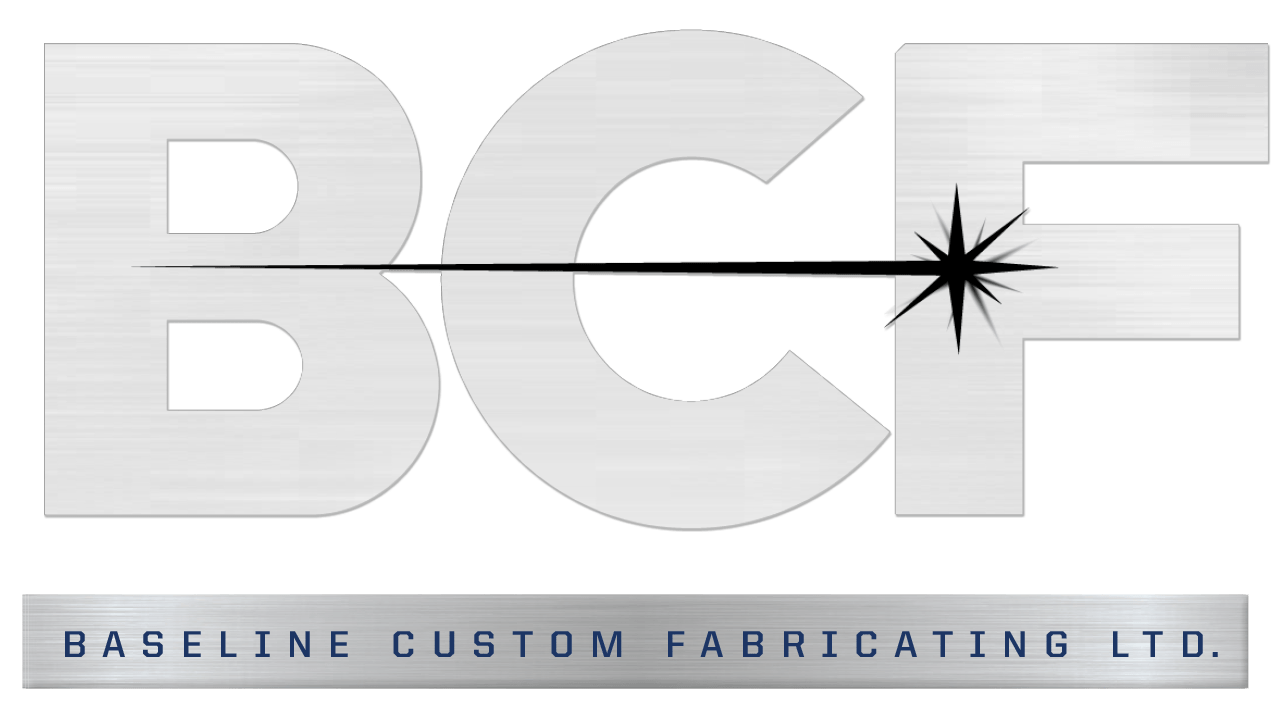Steel Fabricator Goals and Responsibilities
A steel fabricator works by cutting, bending and welding various steel parts. Due to the technical nature of steel fabrication, the work has to be very precise. Once everything is finished to perfection, the steel fabricator can finally assemble all the parts together. The process of steel fabrication is more complex than people realize. It is a steel fabricator’s duty to ensure part sizes are accurate and in accordance to design drawings. To a steel fabricator, it is imperative that all the requirements of a CAD drawing be closely followed. To ensure all critical details are achieved, the art of steel fabrication also requires close coordination from concept to design and from computer simulations up to prototyping.
Custom steel fabrication processes:
Cutting is a critical process in steel fabrication and determines the desired size and shape of the metal being worked with. A steel fabricator will often employ the latest technology, such as laser cutting and plasma cutting, in order to make the most precise cuts possible. Plasma cutting is a good option for thicker steel sheets, particularly those that require multiple piercing. Laser cutting is a good option when the client requires high precision and accuracy. The cutting process is often integrated with CNC technology, allowing for faster runs for bulk orders. The computerized capabilities of CNC machines are also very useful for complicated steel fabrication projects.
Bending is the next process in steel fabrication. Bending sheet metal can be done manually, however technology has provided innovative techniques to ensure that bends are much stronger and hard wearing. In order to produce the most accurate parts possible within a short period of time, a steel fabricator needs to have a thorough understanding of CAD drawings. By reading the CAD drawing and transcribing the information into a physical object, a steel fabricator can produce an end product that reflects every element according to a client’s wishes. CAD drawings include pertinent information on the following dimensions: part, inside radius, bend angle, and blank size, including tolerances that are accepted for the part.
Welding is a process in steel fabrication where two or more parts are joined together through heat and the application of pressure. Welding is the most common process used to join metals because it has been a reliable method from the dawn of civilization up to the modern welding techniques of today. The steel fabricator carries out all welding according to the details of the CAD drawings but has to have the expertise to make good judgment calls should the need arises.







